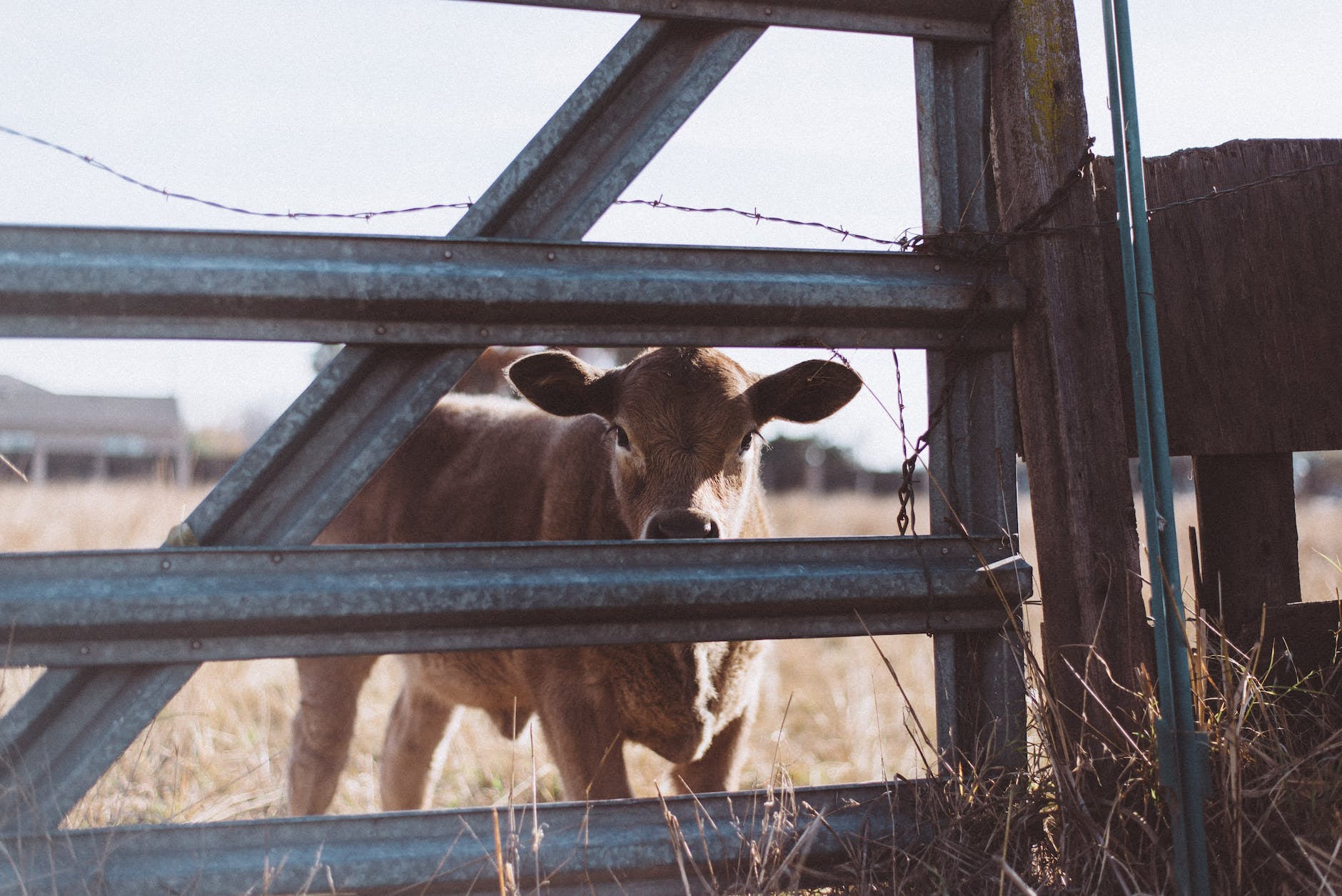Land Improvement Plans: Transforming Potential into Value
Land Improvement Plans are the blueprint for enhancing the value and utility of your property. In this article, we’ll explore the strategic aspects of land improvement, backed by real-world examples, and how it can elevate your property to its full potential.
Understanding Land Improvement Plans
Land Improvement Plans are structured strategies designed to maximize the value of your land. They involve thoughtful and systematic interventions to optimize the land’s functionality and profitability.
Assessing the Land: Where to Begin
The journey of land improvement starts with a comprehensive assessment of your property. This includes evaluating soil quality, topography, vegetation, drainage, and existing infrastructure. It’s about understanding the land’s current state to chart a path towards improvement.
Consider this real-life scenario: A landowner in Texas discovered that poor drainage was limiting the use of a portion of their property. To address this issue, a land improvement plan was developed. It included grading and reconfiguring the landscape to ensure proper water flow. As a result, previously unusable land became productive and accessible year-round.
Define Your Objectives: What Do You Want to Achieve?
Land improvement plans are tailored to meet specific objectives. Whether you aim to increase agricultural productivity, create recreational amenities, or enhance the aesthetic appeal of your property, clear objectives are crucial.
Take the case of a ranch owner in Oklahoma who wanted to diversify their income streams. Their land improvement plan focused on creating additional income opportunities through eco-tourism and wildlife management. By strategically placing viewing stands, developing trails, and optimizing wildlife habitats, the property became a popular destination for nature enthusiasts.
Plan Development: Turning Objectives into Actionable Strategies
Once objectives are defined, the next step is developing a comprehensive plan. This plan outlines the specific actions required to achieve your goals. It includes timelines, budgets, and a step-by-step roadmap for implementation.
Consider the example of a landowner in Colorado who wanted to increase their property’s agricultural yield. Their land improvement plan involved soil testing, irrigation system installation, and crop rotation strategies. Over several years, these actions resulted in significantly higher crop yields and improved land value.
The Implementation Phase: Putting Plans into Action
Implementation is where the rubber meets the road. Skilled professionals, from engineers to contractors, execute the planned improvements. This phase demands attention to detail, adherence to timelines, and efficient resource management.
In a real-world case, a landowner in California wanted to improve their property’s water efficiency. Their land improvement plan included upgrading the irrigation system and installing drought-tolerant landscaping. The implementation phase required the expertise of irrigation specialists and landscaping professionals. The result was reduced water consumption and a more sustainable property.
Monitoring and Adaptation: Ensuring Success
Land improvement plans aren’t static; they require ongoing monitoring and adaptation. Regular assessments help ensure that the planned improvements are delivering the expected outcomes.
Imagine a landowner in Arizona who invested in a land improvement plan focused on conservation. Over time, they noticed changes in local wildlife populations and water quality. By continuously monitoring these aspects and making necessary adjustments, the land remained ecologically balanced and preserved its natural beauty.
Realizing the Value: Benefits of Land Improvement
Land improvement plans yield numerous benefits. Increased property value, enhanced functionality, diversified income streams, and improved land aesthetics are just a few of the rewards.
For instance, a landowner in New Mexico embarked on a land improvement plan that included reforestation and wildfire prevention measures. Not only did this enhance the property’s value, but it also contributed to a safer and more resilient ecosystem.
The Bottom Line: Is it Worth It?
In conclusion, Land Improvement Plans are strategic investments with the potential for substantial returns. They require careful planning, execution, and ongoing management. When done right, these plans can transform underutilized land into valuable and versatile assets.
Analyzing your property’s unique characteristics and defining clear objectives are the first steps. From there, creating a well-structured plan and implementing it with precision is essential. Regular monitoring ensures that your objectives are met, and adaptations are made as necessary.
The decision to embark on a land improvement journey ultimately depends on your goals and the potential value you see in your property. It’s an investment in both the land and your vision for its future.
So, ask yourself: Is it worth it? The answer often lies in the remarkable transformation and value enhancement that Land Improvement Plans can bring to your property.
If you’re looking for help with your land and want advice on a land improvement plan, contact us today.
Land Improvement Plans: Transforming Potential into Value Read More »






